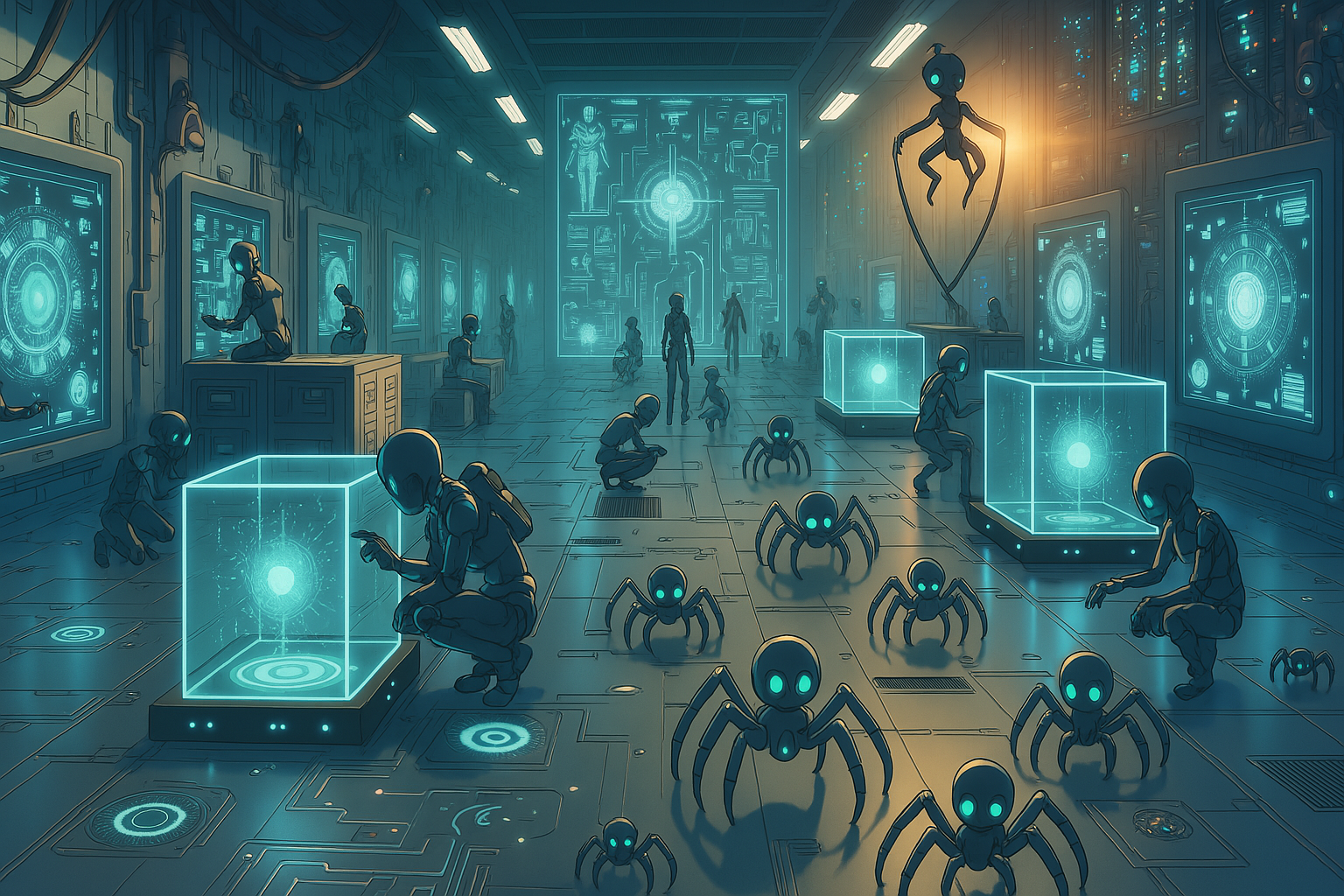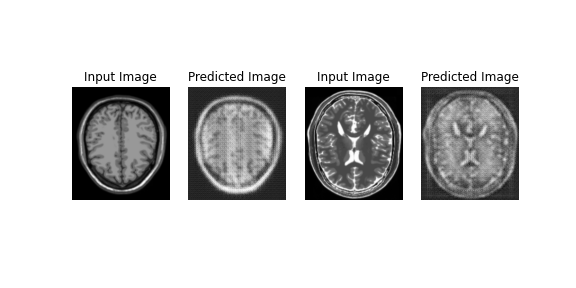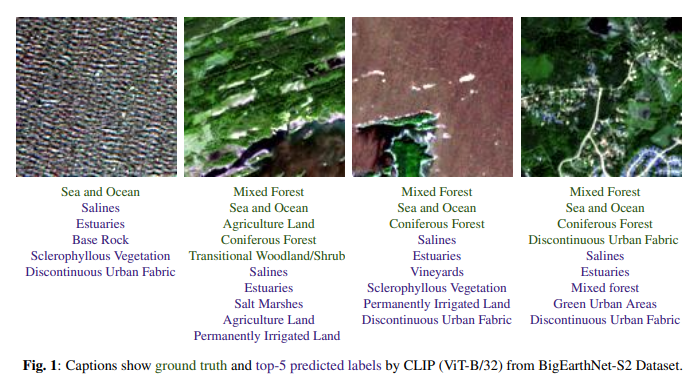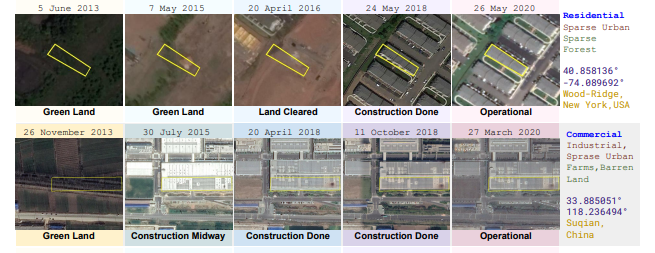
About Me
I'm Aakaash Panigrahi, a Backend Developer and Machine Learning Engineer passionate about solving real-world challenges with AI. I specialize in deep learning, computer vision, NLP, and generative AI, leveraging cutting-edge technologies to build impactful solutions.
My professional experience includes developing and optimizing machine learning models for various applications. I've worked on high-performance AI models, data-driven systems, and backend infrastructure, ensuring seamless integration of AI solutions in production environments.
Beyond technical expertise, I have a strong interest in AI research, model optimization, and large-scale data processing. My projects involve building deep learning models, optimizing machine learning pipelines, and developing backend systems to support AI-driven applications.
I'm always eager to collaborate on exciting AI-driven projects that merge innovation with real-world impact. Let's connect and explore possibilities together!





